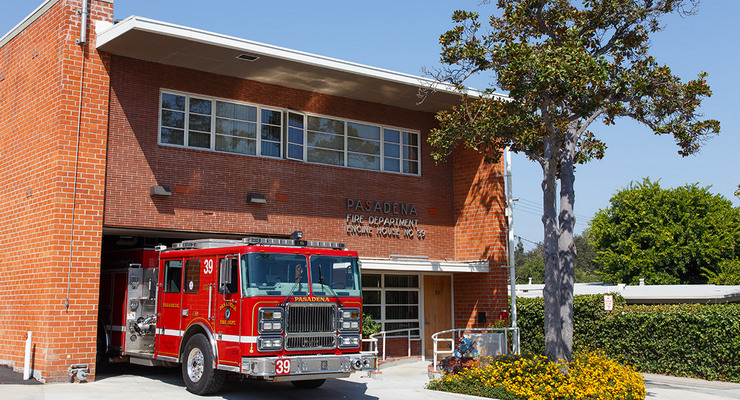
During the past few months, like many working families, my family has attempted to manage distance learning for my 10 year old daughter, child care (by my husband or me) for our 5 year old son, all the while working from home. It wasn’t until we made the decision, three months into the pandemic, to send our son back to his preschool for two days a week, were we able to get some relief. My son’s preschool Child Education Center has been a leader in outdoor learning for over 30 years, and it has successfully integrated outdoor learning with Covid19 local and state health guidances. Masks required for children, teachers and staff. Small cohort of children placed in each class with social distancing, and temperature checks at drop off. No parents or visitors allowed on campus. The children understood their responsibilities of keeping their masks on and giving each other space. So far so good.
Our family has benefited tremendously from the thoughtful implementation of reopening by the CEC. However, as my son moves on to kindergarten in the fall , I felt discouraged by our only option of distance learning in his new school. The prospect of a five year old in front of a screen for hours a day and on a daily basis kept me awake at night. There must be another way to learn and teach. CEC has provided a glimpse into how outdoor classrooms can be a way of learning and care for our children. This is why I urge local school district board members, administrators, and parent communities to explore outdoor learning as an alternative to distance learning, indoor hybrid or full reopening options.
The discussion in the public and the media have centered around these three options but little attention has generated around outdoor learning. In fact, medical experts and scientists would agree outdoor transmission is low because outdoor conditions such as sun, wind, humidity, etc., lower the viability of the virus. This is the main reason businesses are allowed to operate outdoors and outdoor activities are permitted. Further, according to the National Outdoor Learning Initiative, “outdoor learning would address the following conditions caused by Covid 19:
Equity. This health crisis is exacerbating existing inequalities across America. There are vast disparities in students’ access to online learning, adequate food, stable housing, medical care, and access to nature.
Learning. Despite best efforts by school districts to provide distance learning, students are experiencing significant academic disruptions and loss.
Mental Health. This crisis is causing substantial adverse experiences for children and adults. Students will return to school with a mental health burden caused by social isolation, uncertainty, trauma, and stress.
Physical Health. Most children and youth are spending their time indoors on electronic devices. It is likely that many will return to school at a reduced fitness level. Some may also have suffered from COVID-19.
Economic Health. Our country’s economic strength and security are threatened when much of the workforce stays home and businesses close. Many school and childcare programs that allow parents to return to work are closed.
Education Workforce. The non formal education sector is facing large scale job loss. If these skilled, professional outdoor educators, naturalists, and museum staff leave the field, schools will lose vital academic program partners.”
There are no perfect models for school learning in this time of a pandemic. However, it is time for our communities to challenge conventional thinking by embracing outdoor classroom learning as a viable option. Yes, there are complexities to navigate with the multiple government agencies; from county education offices to school districts to public health agencies, all of which have some decision making responsibilities that could delay progress. Yes, the weather can be uncomfortable on hot days but there are contingencies plans with fans, mists, and shade and some indoor instruction as Plan B or C. But the biggest obstacle of all would be the lack of will for us to change the narrative on school learning and accept the three options as definitive ways for our children to learn during their formative years.
In the long term, I hope outdoor learning will continue beyond Covid19 for it has shown to increase curiosity of children, foster children’s motivation in learning, and help children retain information they’ve learned. Not to mention building a relationship with nature, which has its own set of benefits. But for now, I would like to envision my kindergartener in an outdoors classroom, sitting in a circle with a mask on, social distancing, and reciting his ABCs. You would too for your children.



















One thought on “Guest Opinion | Sandra Chen Lau: Outdoor Classroom Learning – the Alternative”
I agree with you. I have been thinking about this option for awhile. We are fortunate to have good weather and as you say have a plan B when we dont. Most of the schools have large playgrounds that could be used for classes where the children could be separated. I am sure there are many obstacles that will have to be overcome, but any solution is going to have obstacles.